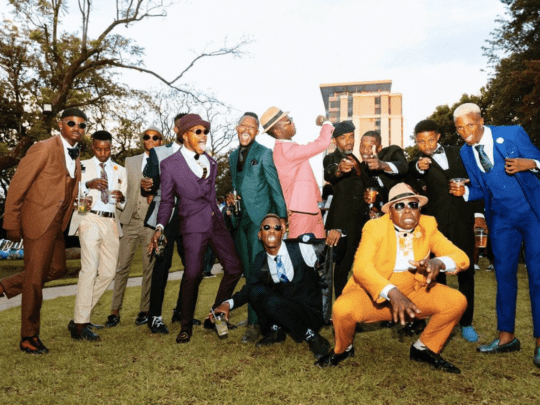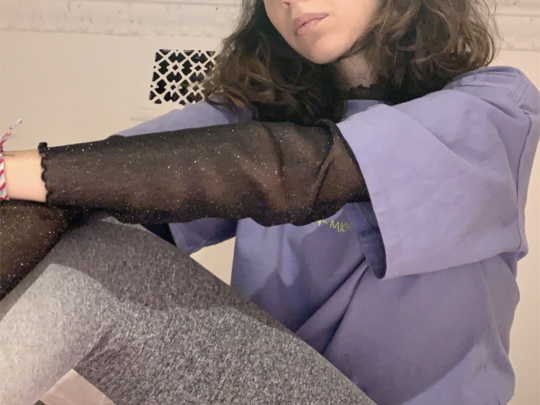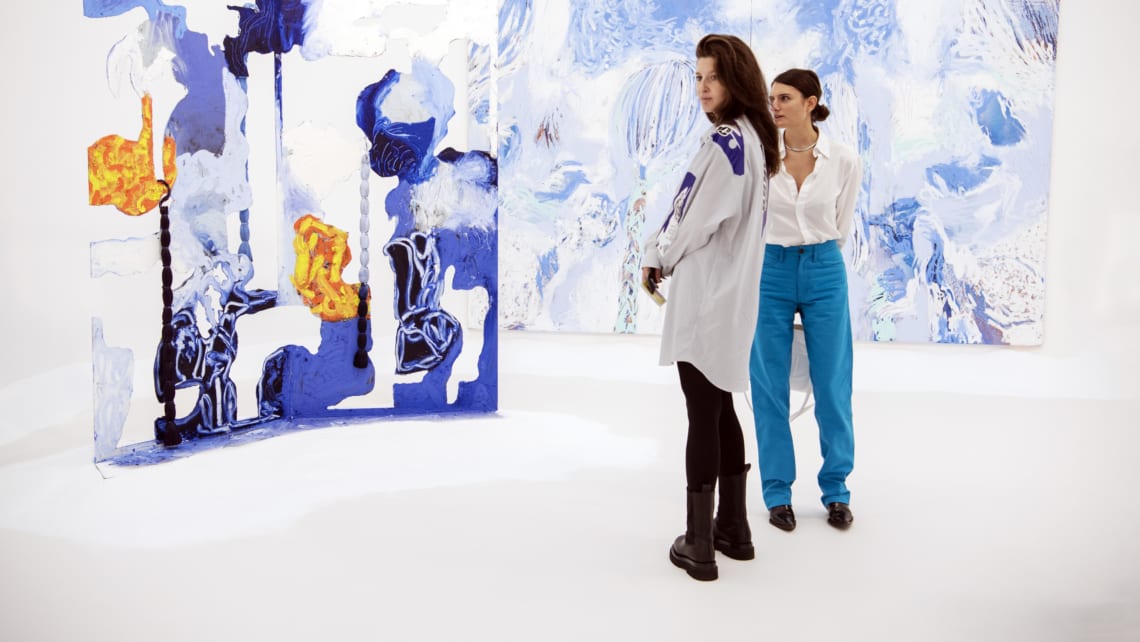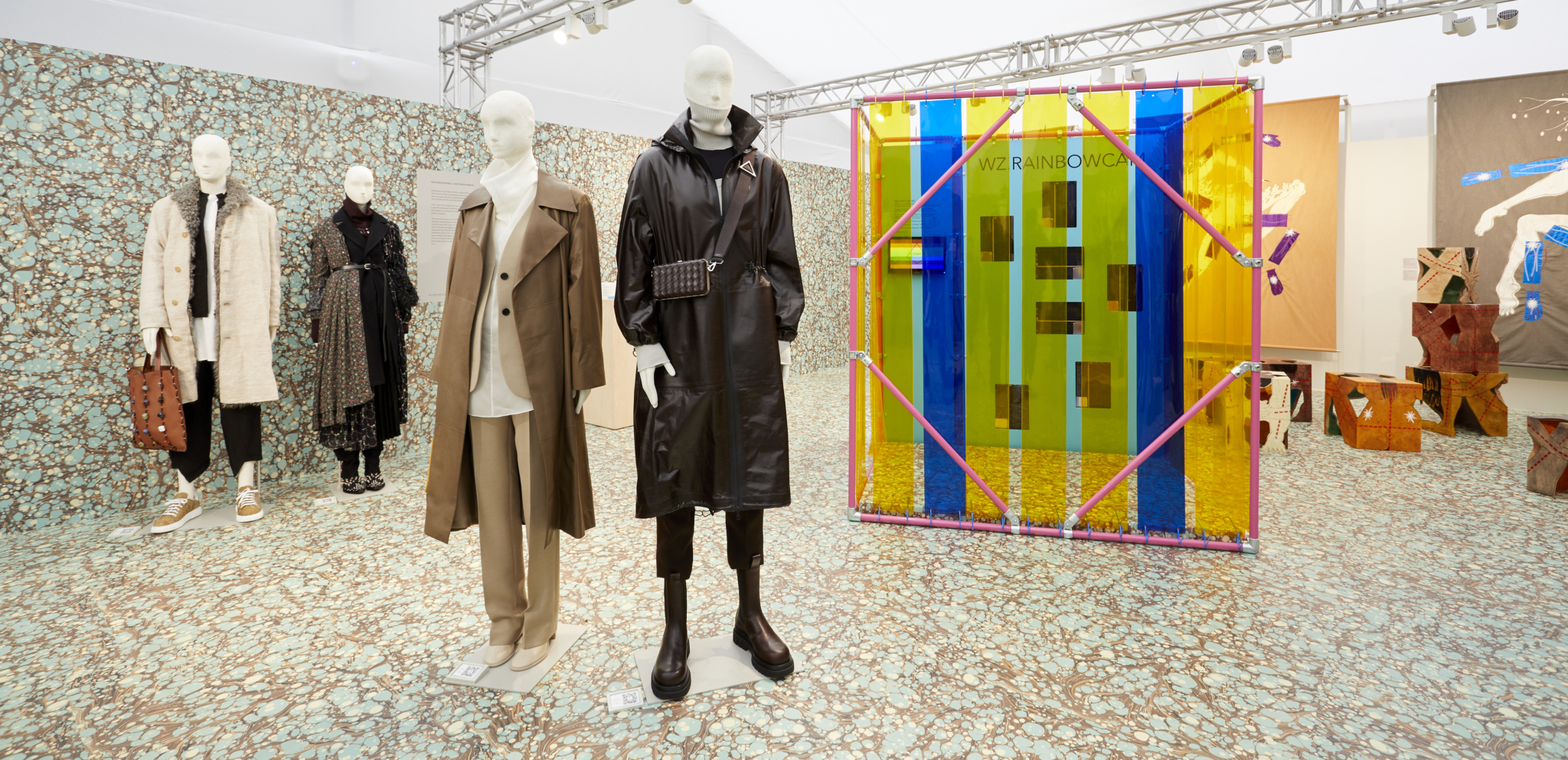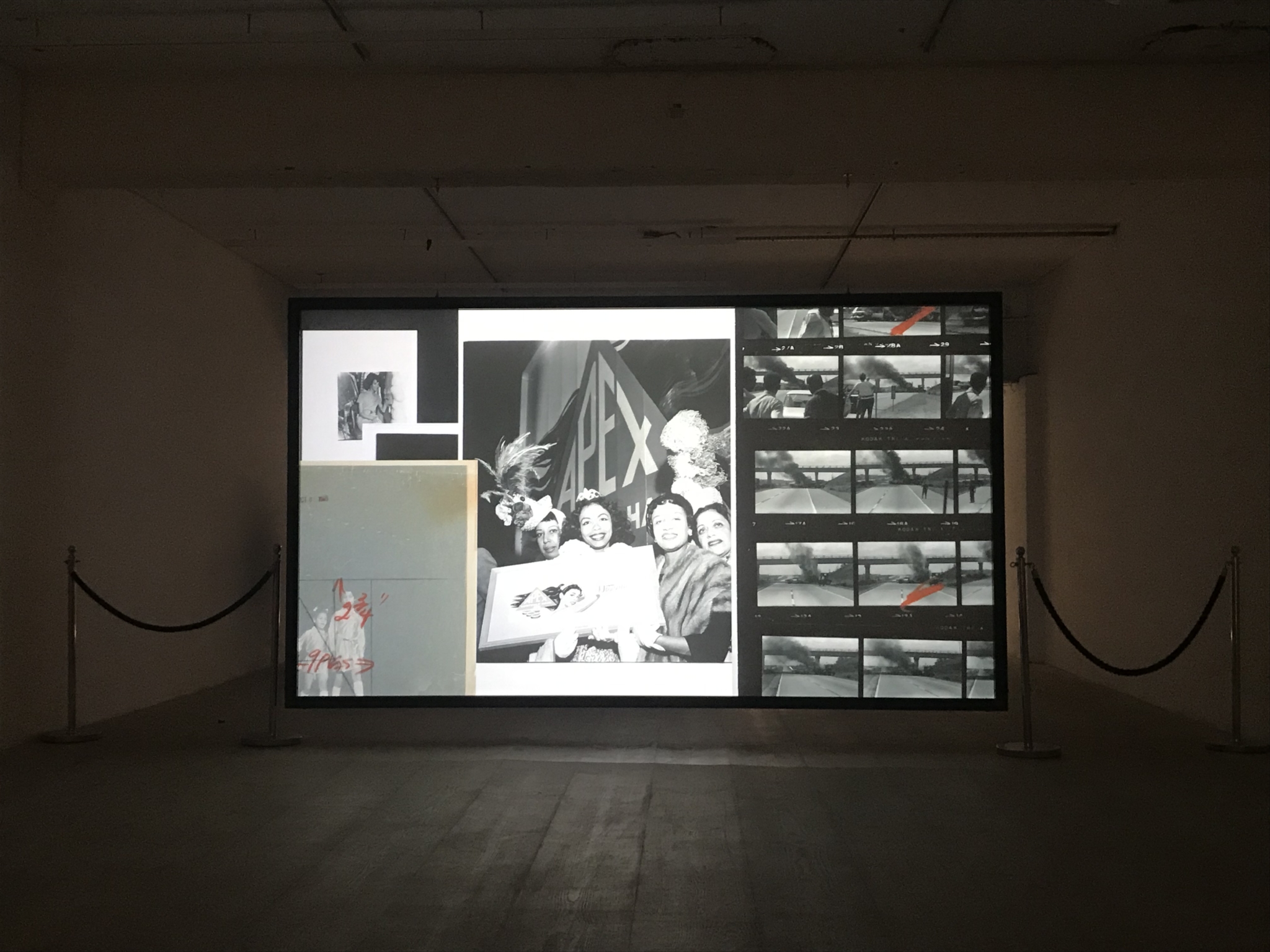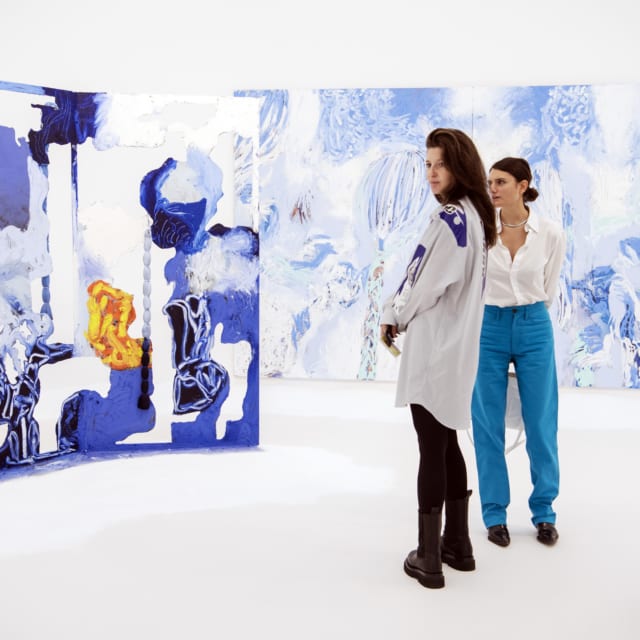Move over Fashion Week, there’s a more stylish event in town. Though Frieze London first started as a trade fair for the contemporary art world, it has quickly transformed into a scene for both industry insiders and anyone interested in art and creativity in general. And, of course, it’s now a place to be seen.
The fair’s tents in Regent’s Park are a true treat for the eyes. Art world deal-makers dressed in their new season Prada and Marni. Gallerinas with pensive stares casually cool in old Céline. Off-duty Balenciaga models showing how little they care with their flamboyantly dishevelled coats. Tan European socialites in preppy sartorial attire. Russian oligarchs and their signature ostentatious glamour.
The fashion industry is taking plenty of notice of this opportunity for marketing. Over the few past years, Gucci and Alexander McQueen have sponsored the fair and created pop-up events around it. This year, the fashion agenda was stronger than ever.

